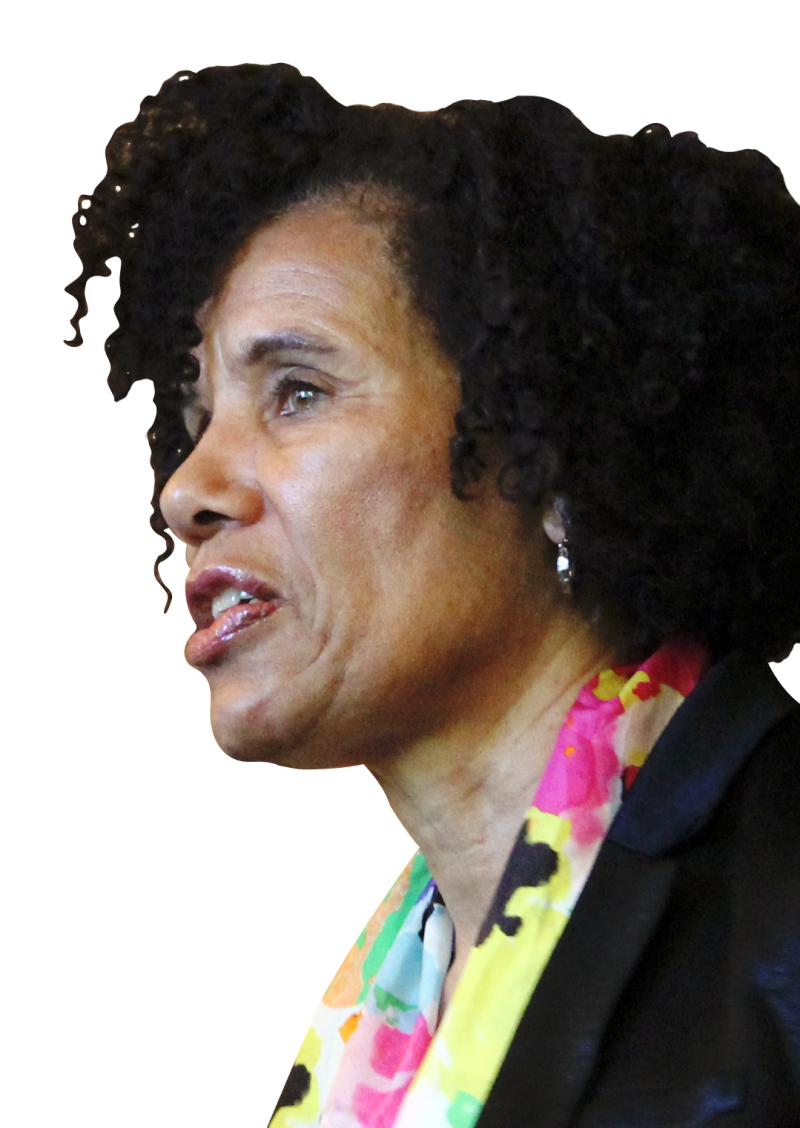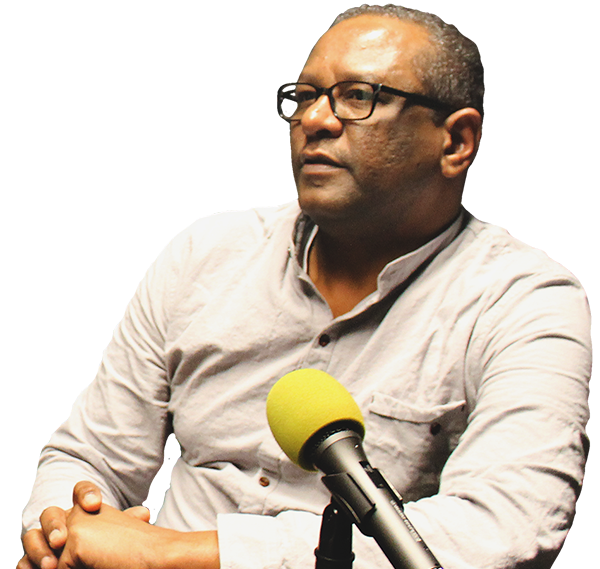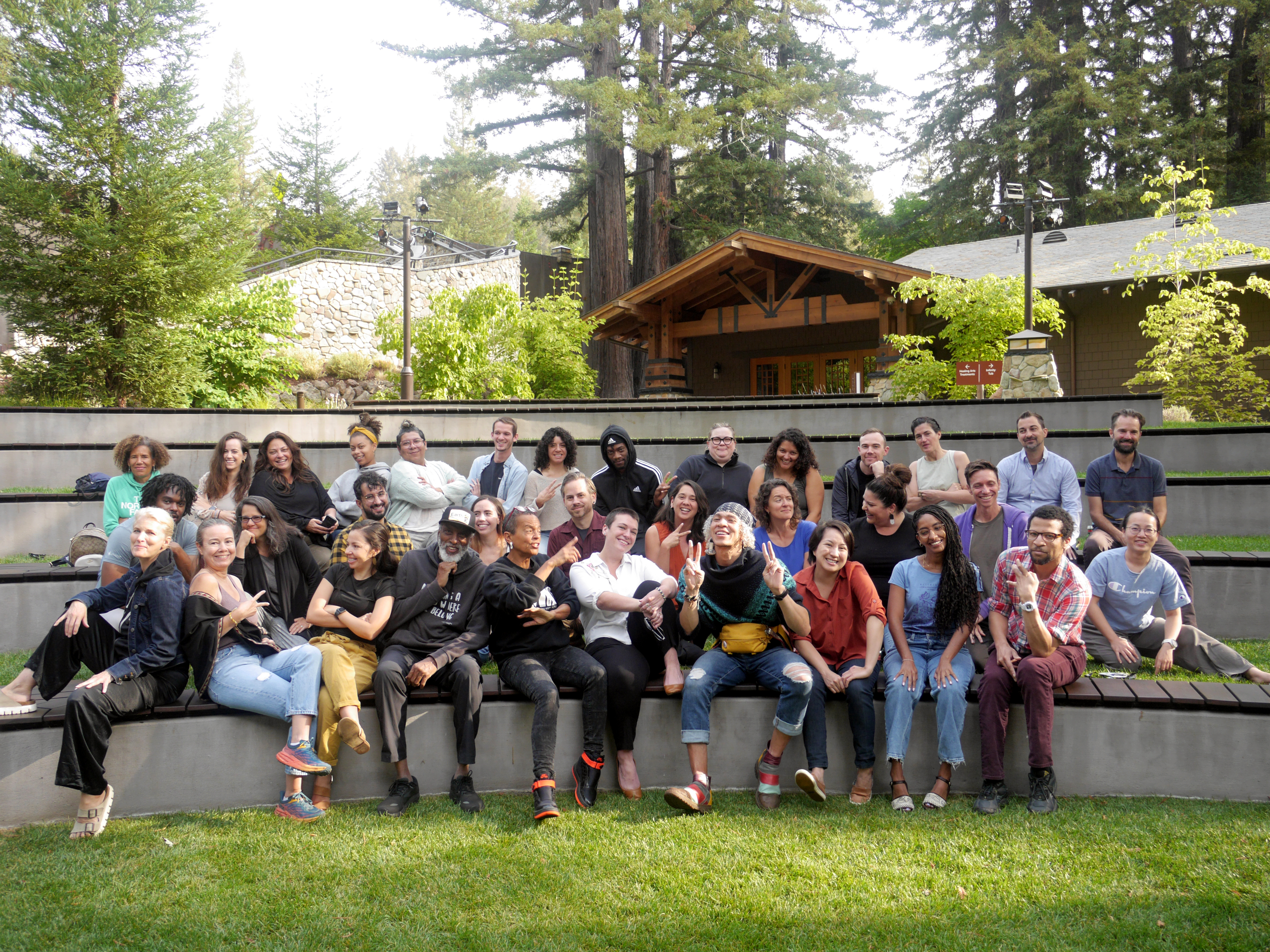December 10, 2013
The Haas Institute for a Fair and Inclusive Society is pleased to announce the launch of a major ongoing research initiative which holistically measures the degree of inclusivity or marginality experienced by different groups across societal settings and social cleavages, such as gender, race/ethnicity, religion, and sexual orientation. The goal of the Inclusiveness Index initiative is to identify policies, interventions and other levers that have proven effective at ameliorating marginality and promoting inclusivity and equity. The Index is a diagnostic instrument intended to help us pursue that goal by illustrating how different metropolitan regions, states and even countries fare relative to each other in terms of inclusivity and marginality.
Though similar indices have been developed by other organizations such as the United Nations Development Program’s Human Development Index (HDI), the Haas Institute’s Inclusiveness Index is unique as a research tool to measure inclusion of underserved and marginalized communities within our society, nationally and internationally. Supported by seven academic research clusters investigating particular forms of marginality, the Haas Institute is holistically focused on processes of “othering” and marginalization which share common structures and features. The Haas Institute is most concerned with the structural barriers that engender inclusion or marginality across multiple social cleavages.
The Haas Institute believes that equity indices paint a more vivid portrait of underlying structural conditions and forms of advantage and disadvantage experienced by marginalized groups than single indicator approaches such as poverty or per capita GDP. Single indicator metrics fail to capture the myriad of inputs that shape individual and group life chances. For that reason, this past summer, the Haas Institute investigated other efforts to create robust, multi-factor equity indices. Our report on that research, Seeking Belongingness: Examining Equity, Capability and Opportunity through Existing Index Schemes (September, 2013), was recently published on our website. As part of that research, we identified nearly eighty common indicators used as part of various index schemes, many of which are described in our report, despite varying foci by index.
Our preliminary efforts in developing the Inclusiveness Index identified overarching themes that capture broader issues of inclusion or exclusion of marginalized communities. Income inequality, political representation and out-group violence were selected as the initial domains. Within these domains, data collection for marginalized communities identified in the Institute’s work as women, LGBT community, communities of color and religious groups, was undertaken.
The Haas Institute mapped the index for all states in the U.S. and for a number of countries around the world. The process included: identifying potential datasets for each indicator, downloading and cleaning the data, and calculating a relative score for each indicator with respect to the average of and the dispersion in the data. These relative scores were then aggregated to calculate group-level and comprehensive indices. The preliminary Inclusiveness Index maps illustrate the degree of inclusivity by country and state within the U.S.
One of the challenges, given the scope of our initiative, is to find consistent data for all geographies within a study area, especially for country level data. Indicator measures across countries might have different methodology, terminology, limited geographic coverage or sub-national representation. This shortcoming was evident in the Institute’s international index development as consistent data were available only for a subset of countries.
The Haas Institute looks forward to strengthening this index by encompassing other domains of inclusiveness which may have been overlooked, and by engaging with experts to add relevant and more targeted indicators to the mix. As we refine our efforts and fill gaps, we will publish our complete draft on our website. We hope that this initiative will positively contribute to ongoing research and the development of policy recommendations towards a fair and inclusive society.
View the Inclusiveness Index maps:




